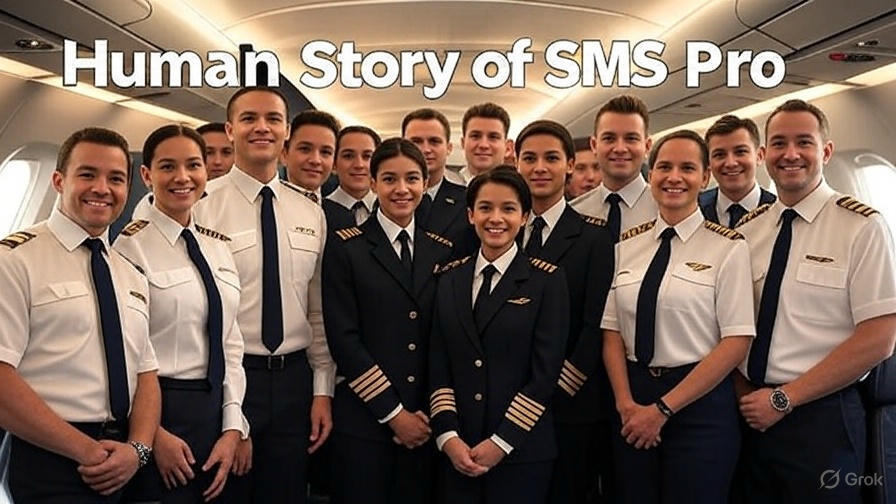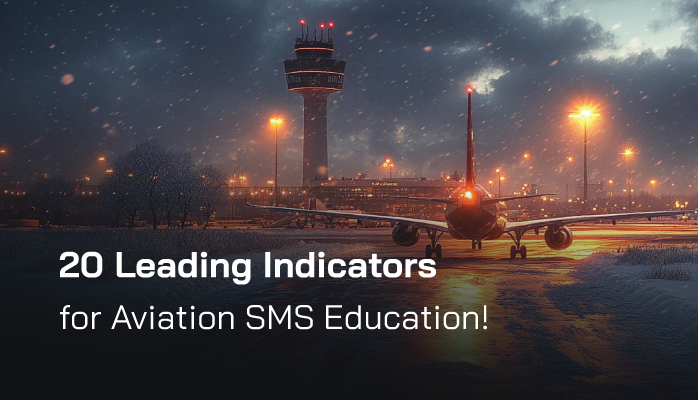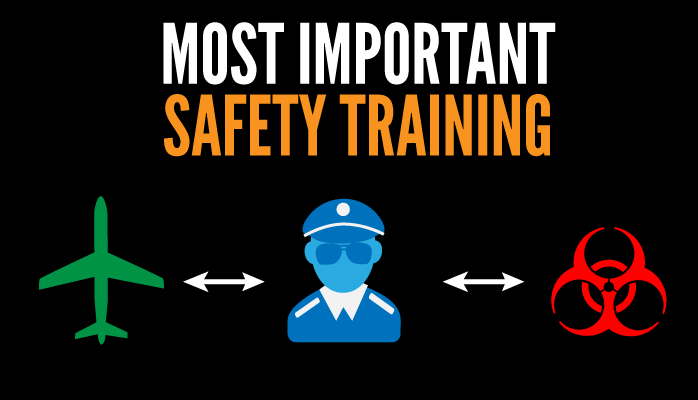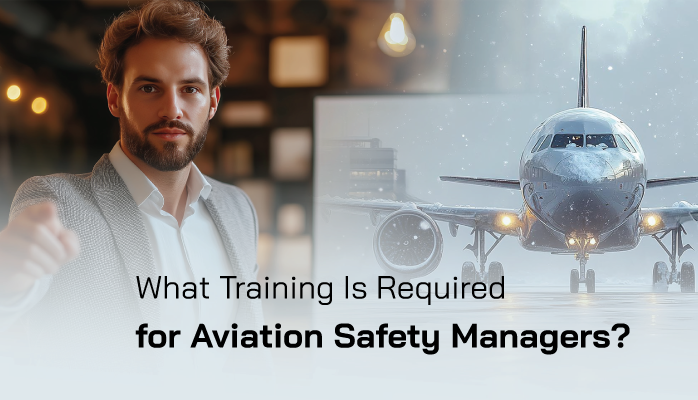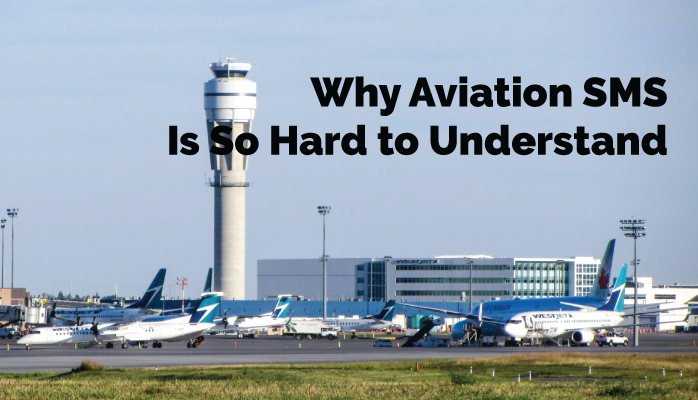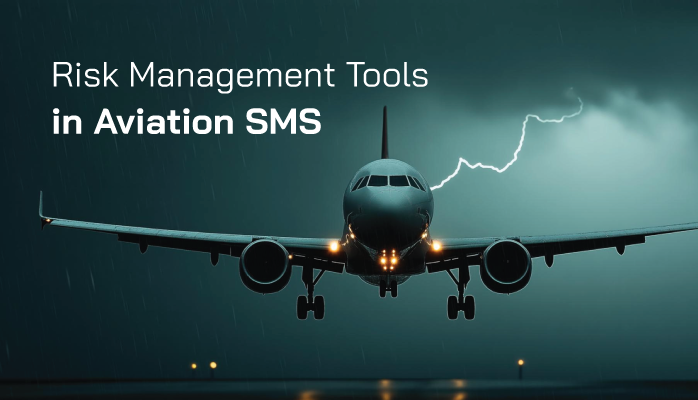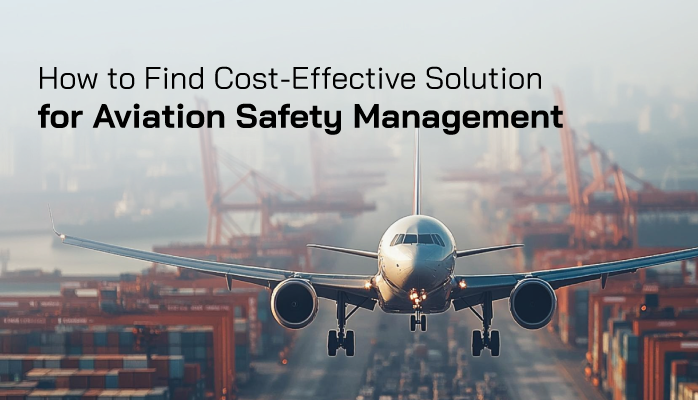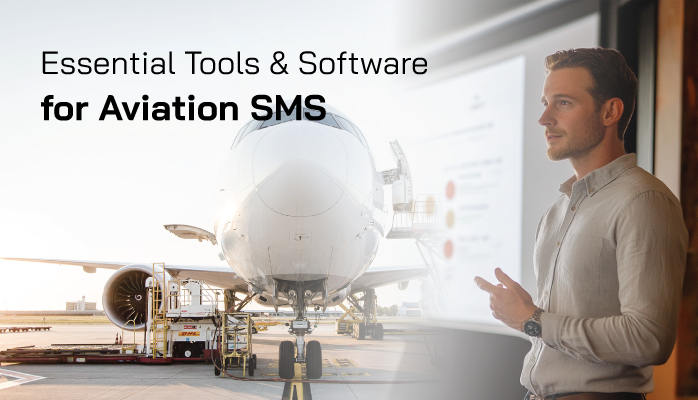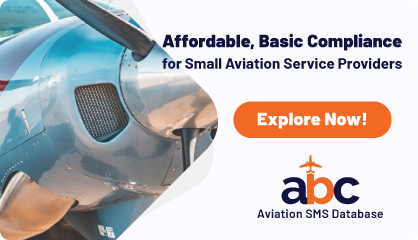A Vision for Safer Skies
Safety Management Systems (SMS) are the heartbeat of modern aviation. They empower operators to manage risks with precision, ensuring safer skies for all. In 2006, the International Civil Aviation Organization (ICAO) mandated SMS, sparking a global shift in aviation safety risk management. SMS Pro was born to make compliance intuitive and adaptable. This is the human story of its creation, told with openness and respect.
